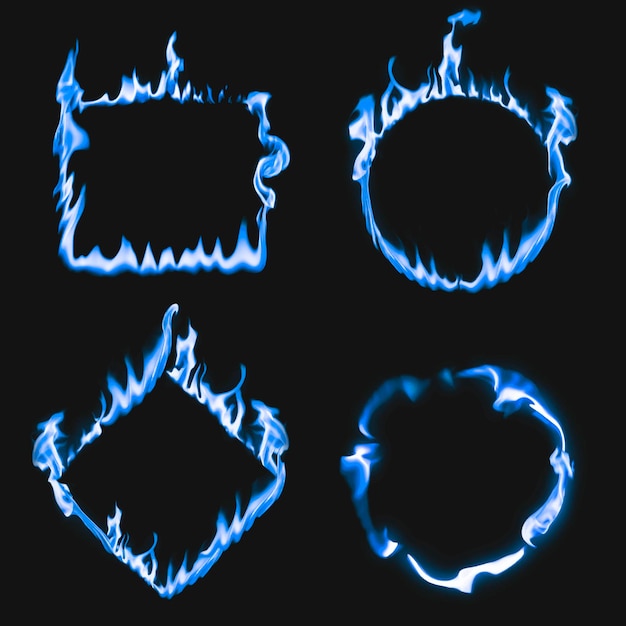Amazing Facts About the Ring of Fire

The Ring of Fire is a major area in the basin of the Pacific Ocean where a large number of earthquakes and volcanic eruptions occur.
The Ring of Fire is a result of tectonic plate movements and interactions.
This region is home to 75% of the world’s active volcanoes.
Over 80% of the world’s largest earthquakes occur in the Ring of Fire.
The Ring of Fire spans a distance of 40,000 kilometers.
It includes countries such as Japan, Indonesia, the Philippines, and Chile.
The Ring of Fire is responsible for some of the deadliest volcanic eruptions in history.
The Pacific rim of fire is an appropriate name due to the amount of volcanic activity it experiences.
The Ring of Fire is constantly monitored by scientists to provide early warnings of potential volcanic eruptions or earthquakes.
The region’s volcanic activity has shaped the landscape and created stunning natural phenomena.
The volcanic ash from eruptions in the Ring of Fire can spread across vast distances, affecting air quality and climate.
Volcanic regions within the Ring of Fire attract tourists who are fascinated by the beauty and power of nature.
The high volcanic activity in the Ring of Fire contributes to the fertility of the soil in surrounding areas, making it ideal for agriculture.
The Ring of Fire is also known for its abundance of geothermal energy resources.
Geothermal power plants harness the heat from underground volcanic activity to generate electricity.
Amazing Facts About the Ring of Fire part 2
The Ring of Fire is a constant reminder of the Earth’s dynamic and ever-changing nature.
Tectonic plate movements in the Ring of Fire can lead to the formation of new islands.
The Pacific Ocean’s floor is constantly being renewed due to the subduction zones in the Ring of Fire.
The Ring of Fire has been influential in shaping cultures and societies in the surrounding areas.
Many indigenous myths and legends originate from the volcanic activity in the Ring of Fire.
The Ring of Fire poses significant challenges for countries located in its vicinity, but also offers unique opportunities.
The region’s natural disasters highlight the importance of disaster preparedness and response.
The Ring of Fire serves as a reminder of the Earth’s power and the need to respect nature.
The frequency of earthquakes and volcanic eruptions in the Ring of Fire demonstrates the ongoing geological processes that shape our planet.
The Ring of Fire is constantly being studied by scientists to deepen our understanding of Earth’s internal dynamics.
The volcanic ash and gases emitted by the volcanoes in the Ring of Fire can have a global impact on climate.
The Ring of Fire is an example of how the Earth’s crust is divided into several tectonic plates.
The geological activity in the Ring of Fire is closely related to the movement and interaction of these tectonic plates.
The intense seismic activity in the Ring of Fire poses both risks and opportunities for human populations.
Understanding the patterns and behavior of the Ring of Fire can help improve our ability to predict and mitigate natural disasters.
The formation of mineral deposits in the Ring of Fire makes it an important region for mining activities.
The seismic activity in the Ring of Fire is caused by the collision and subduction of several oceanic and continental plates.
The Pacific Ring of Fire was coined by the American geologist George P. Merrill in 19
The Ring of Fire extends from the southern tip of South America, up along the coast of North America, across the Bering Strait, down through Japan, and into New Zealand.
The intensity of volcanic activity in the Ring of Fire can vary significantly, with some regions being more active than others.
The Ring of Fire is associated with the Pacific Plate, which is the largest tectonic plate on Earth.
The tectonic activity in the Ring of Fire is driven by the movement of the Pacific Plate and its interactions with surrounding plates.
The Ring of Fire is a testament to the immense forces at work deep below the Earth’s surface.
The Pacific Ring of Fire is an important area for scientific research and exploration.
The constant volcanic activity in the Ring of Fire means that new islands can form over time.
The Ring of Fire reminds us of the interconnectedness of Earth’s systems and the impact they have on each other.
The tectonic activity in the Ring of Fire can result in the formation of mountain ranges.
The environmental impact of volcanic eruptions in the Ring of Fire can be significant and long-lasting.
The Ring of Fire serves as a natural laboratory for studying volcanic processes and their effects.
Despite its risks, the Ring of Fire also offers opportunities for scientific discovery and technological innovation.

